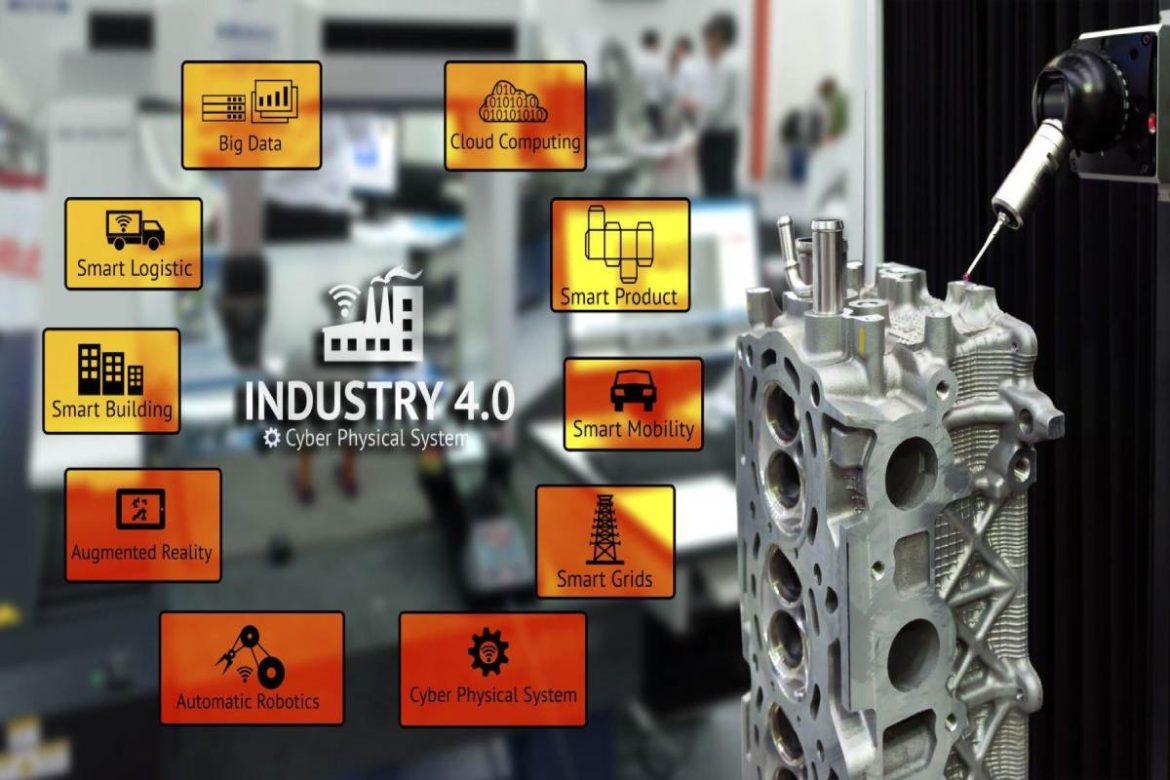The manufacturing industry is constantly evolving, and businesses must keep up in order to stay competitive. Automating processes with an enterprise resource planning (ERP) system can be an effective way for manufacturers to save time and money while staying ahead of the competition.
In this article, we’ll explore how ERP systems are used to automate essential manufacturing processes. We’ll also discuss some of the benefits that come with automating your business practices through ERP software.
So if you’re looking to make your operations more efficient, read on!
Table of Contents
Benefits Of Automating Manufacturing Processes
The use of Enterprise Resource Planning (ERP) for automating manufacturing processes brings a number of benefits.
Firstly, it helps to reduce costs and improve efficiency. By eliminating manual data entry tasks and streamlining workflows, businesses can save time and money as well as increase accuracy.
Secondly, ERP automation enables companies to better manage their resources while ensuring they comply with all necessary regulations. This reduces the risk of errors or legal issues arising from incorrect production records or information inaccuracies.
Finally, automated manufacturing processes are more reliable than relying on manual labor. Automation eliminates potential human error and ensures that each step in the process is completed properly and efficiently without any problems occurring along the way.

Additionally, it offers greater flexibility by allowing businesses to easily adjust parameters such as inventory levels based on changing customer demands or market trends.
By leveraging ERP manufacturing modules for automating manufacturing processes, companies can achieve significant cost savings while improving operational effectiveness and reliability – ultimately leading to increased profitability and success.
Challenges Of Automation
Still, while automating manufacturing processes can bring many benefits to companies, there are some challenges that must be considered.
The first challenge is the upfront investment costs associated with implementing an ERP system. Implementing a new system requires extensive training and resources, which may not always be available in smaller businesses or organizations.
Additionally, larger systems require more maintenance and technical support than simpler ones. This can increase IT costs as well as create additional overhead for the company.
Another challenge of automation is compatibility issues between different systems. Due to software updates and changes in technology, older systems may become obsolete or incompatible with newer versions of the same program.
As a result, upgrades or replacements will need to occur at regular intervals in order to keep up with industry standards.
Companies should also consider potential security risks when selecting an ERP solution since it deals with sensitive information about their customers and operations.
Finally, human error cannot always be avoided with automated solutions – mistakes can still happen if employees do not follow established procedures properly or fail to recognize errors within the system itself.
Additionally, management teams have less control over production when using automated solutions since they rely heavily on computers instead of manual labor; this could lead to production delays if something goes wrong during processing or assembly.
Automation therefore requires careful planning and monitoring by managers in order to ensure that everything runs smoothly throughout the process
Implementing An Erp System
It’s no exaggeration to say that implementing an ERP system can be a daunting task. It requires significant planning, resources and time commitment from all stakeholders involved in the process.
From the initial analysis of company operations and goals, right through to implementation and training – not to mention ongoing maintenance and support – it is essential to get every step right.
The first stage of ERP implementation is often referred to as ‘discovery’. This involves taking stock of existing processes, needs for automation and integration, technology requirements etc.
The goal here is to understand what solutions will best meet the organization’s objectives. Once this has been established, the next crucial phase is data migration into the new ERP system.
In some cases, this means transferring old systems or databases over; while with greenfield implementations from scratch, it simply entails configuring each module within the software according to business requirements.

Finally, user acceptance testing (UAT) follows on from data migration. Here users are given early access to ensure they’re comfortable with how their workflows have been automated by the chosen solution. UAT allows further customization if needed before final deployment across entire teams and departments throughout a manufacturing facility.
Monitoring And Maintenance
Monitoring and maintenance of automated manufacturing processes with ERP systems is a critical step to ensure their long-term success.
Through the use of these systems, manufacturers can remain vigilant about production cycles, quality control measures, and other aspects of their operations that may require attention.
The following steps are important for monitoring and maintaining an efficient workflow:
- Track Production Cycles:
- Monitor lead time between order placements and product availability.
- Record inventory levels at regular intervals.
- Quality Control Measures:
- Analyze data related to customer feedback or complaints.
- Develop plans to address any issues in the supply chain process.
- Maintenance Schedules:
- Schedule preventive maintenance activities on machines and equipment used in production.
- Implement corrective action when necessary based on performance results.
By utilizing ERP software, manufacturers can stay informed about their current operational status while also ensuring future growth by making adjustments as needed throughout all stages of production. This allows them to continuously improve upon efficiency and maintain high standards without sacrificing productivity or profitability goals.
Conclusion
In conclusion, ERP is an invaluable tool when it comes to automating manufacturing processes. It has the potential to revolutionize how businesses operate and maximize profits by streamlining operations.
While there are challenges associated with automation, these can be managed with proper implementation and maintenance of an ERP system. As the adage goes “time is money”, so companies must do their best to ensure that they are taking full advantage of automation technology for maximum efficiency.
It’s important to remember that implementing a successful ERP system requires careful planning and consideration. Companies should take into account all aspects from costs to benefits before making any decisions about automation.
If done correctly, I’m confident that this strategy will have immense long-term rewards for organizations of all sizes across various industries.


